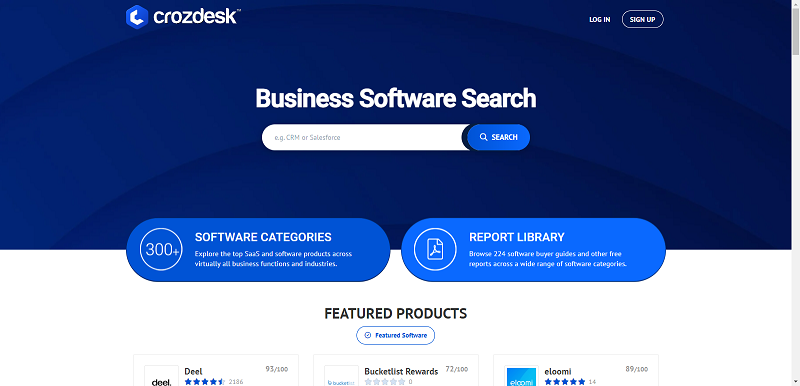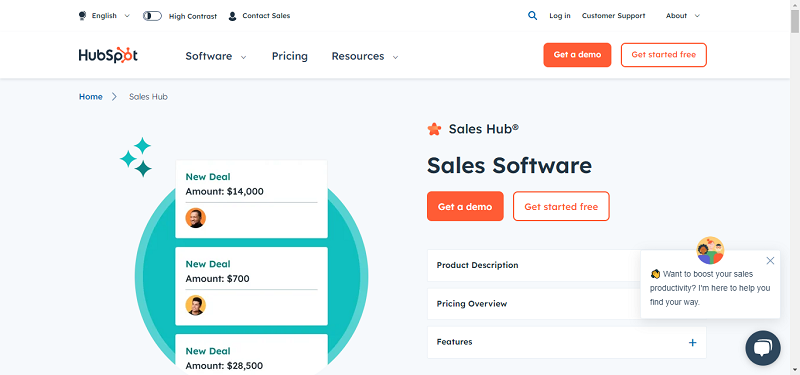Building and maintaining today’s enterprise computing platforms is a lot more challenging than it was in the past. The competitive and fast moving nature of business requires a corporate network capable of meeting a company’s ever changing needs and requirements. For IT, this poses difficult challenges as its common for fast moving business to throw out many requests that can leave IT in the wake—unless the in-house IT pros strategized and have constructed a computing platform built for growth and flexibility.
So how do you build a high growth computing platform? Well, I am sure there are many thoughts and ideas on how to do this but I want to focus on five objectives, that if followed, will put you on the correct path and integrate your IT group with the business.
The computing environment needs to be able to scale up quickly based on the plethora of business requests. In order to scale effectively and efficiently you need to have a quiet, stable network platform. A noisy network cannot scale because when you grow the amount of noise, the network’s issues or instabilities grows as well and it doesn’t take long for the amplification of these issues to cause a roadblock which can ultimately lead to unacceptable downtime and outages. So, it is very important to build a stable network driven by clear process and procedures. When issues arise, nothing less than root cause analysis should be accepted by post-mortem meetings that address and correct the original problem area. Solutions that do not name the root cause should not be accepted. If you do not address the problem at its root, the issue is guaranteed to reoccur and cause more downtime, user dissatisfaction and troubleshooting time. IT pros can avoid these uncomfortable situations by addressing the problem correctly on its first occurrence.
In addition to root cause analysis, a good control process is maintaining a stable environment. All environments need to be maintained to remain stable and the number one cause of downtime is typically human error. A systematic and well-documented change control process can greatly reduce human error and increase network uptime.
When it comes to building stable and scalable networks most cloud enabled Managed Service Providers know how to do it right—as they should because that is their business. So, why not leverage an IaaS Managed Service provider to host your systems, provide storage and backup. You can still manage your systems and applications, but consider offloading the mundane task of worrying about server hardware, system backups, provisioning storage and other complex and costly tasks.
Leveraging the Cloud also provides a platform upon which you can quickly scale up or down in an efficient and economic manner as the business requires. Scaling up and down in the Cloud is much easier than the traditional method of putting together a requisition form, obtaining necessary approvals, sending to accounting and waiting for a purchase order, ordering and waiting 30-60 days for delivery and then another 30-60 days to get the equipment installed and tested. With the Cloud, servers and storage can be provisioned in minutes.
Many companies and Executive teams have a perception that IT is often a roadblock, stopping progress and the achievement of business goals. The best way to erase this perception and demonstrate the value of IT to the business is by saying “yes” when the business is in need of IT services. Transform the process of interacting with IT into a positive and productive encounter and in turn, this unit will move into a strategic position. In order to say “yes” IT must have a game plan for taking on any request thrown at them. This requires the flexible, scalable and dynamic infrastructure I’ve been discussing. IT will be required to remain open minded and leverage the appropriate resources for each need, whether it be internal, external, public cloud, private cloud or SaaS. The focus must be on how to achieve the business need in a cost effective and efficient way so Shadow IT does not decide to go around you.
Tying into the previous point is also the thought of speed to execution. When it comes to a project, speed to execution is more important than who controls the solution. For decades, IT has designed, implemented and managed the majority of solutions for their users. With the emergence of the Cloud and Cloud based services the mentality of where the solution resides and who controls it must be secondary to speed. Today’s businesses are in constant competition and speed to implement is often the difference between success and failure. If a solution can be implemented in the Cloud quicker than internally, with similar cost and effectiveness, then it should be considered. IT cannot place their need to control and manage a solution internally over the ability to quickly have a solution provisioned externally. Using a strategic mindset, IT pros must understand that the main objective is to meet the business needs in the best manner possible.
It may take constant investment to keep a computing platform stable and ready for growth. Though, industry standards tell us that 80% or more of the IT budget can go towards maintenance costs. This does not allow much spend on investing in new technologies or services to keep the computing platform ready for growth in an effective and efficient manner. IT needs to find creative or more effective ways to perform their tasks to lower these maintenance costs in order to increase their budget for growth. One way to lower maintenance costs is to evaluate leveraging IaaS for server hosting, storage and backup needs. IaaS can usually lower your operation cost of servers, storage and backup by 20% -25% while giving your team time back to focus on working with the business. There are also many cost effective SaaS solutions which can lower your software budget as well as the services required to deploy, support and upgrade these software suites.
In conclusion, building a computing platform for growth not only benefits the business but will also cause the IT department to escalate within the company. IT can transform into a player at the C-level table and help set future direction once they are perceived to be a value-add to the business and not a gatekeeper. Providing value starts by enabling the business to achieve it goals and growth objectives and that is best done by building a stable, scalable and agile computing platform. I hope these tips help set you in that direction.
By Marc Malizia





